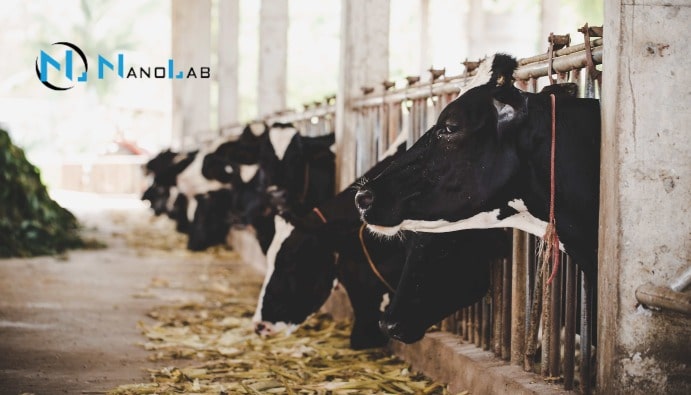Calculation of Metabolic Energy Value in Feeds: Nutrition
What is the Importance of Calculating Metabolic Energy Value in Feeds?

What is Metabolic Energy?
Metabolic energy is the energy available to the body from the feed that animals eat. This energy is available to the animal's body after the processes of digestion, absorption and metabolism. During the digestion of feed, energy is divided into three main categories:
- Gross Energy: The total amount of energy in the feed.
- Digestible Energy: The amount of energy that can be digested and absorbed from the feed eaten by the animal.
- Metabolic Energy (Metabolizable Energy): The portion of digested energy that can be used to produce energy in the body. This is used to support the animal's body functions (movement, growth, milk production, etc.).
Why is it important to calculate the metabolic energy value?
The correct calculation of the metabolic energy value in feeds helps to ensure that the energy required by animals is provided correctly. This calculation is especially important in productivity-oriented productions such as cattle and sheep, poultry and dairy cows. The main benefits of calculating metabolic energy value are as follows:
- Increased Productivity: Accurate calculation of the energy needs of animals optimizes the amount of feed consumption and thus increases growth, meat and milk productivity.
- Lower Costs: When energy calculations are done correctly, unnecessary feed consumption can be avoided. This leads to reduced feed costs.
- Health Management: Meeting the energy needs of animals helps to prevent health problems. Otherwise, insufficient energy intake can lead to weakness, low productivity and diseases.
- Good Agricultural Practices: Accurate calculation of energy values supports sustainable agriculture and animal husbandry practices.
Metabolic Energy Calculation Methods
Various methods are used to calculate the metabolic energy value of feeds. This calculation may differ according to the type of feed, the components it contains and the animal species. The main methods commonly used in the calculation of metabolic energy in feeds are as follows:
- Direct Calculation Method: In this method, the metabolic energy obtained from feed is based on data obtained directly from experimental studies. As a result of the experiments on animals, the metabolic energy value is determined by calculating the digestibility rate and energy losses of the feed.
- Gross Energy and Digested Energy Method: The metabolic energy value is obtained by combining the values of gross energy and digested energy. While gross energy refers to the total energy contained in the feed, digested energy refers to the part of the feed digested by the animal. The energy lost by the animal through wastes (e.g. urine, feces) is subtracted from the digested energy and the remaining metabolic energy value is found.
- Mathematical Modeling Method: Some mathematical models are also used to calculate the energy content of feeds. In these models, the energy value is calculated by taking into account the components (protein, carbohydrate, fat) and digestion rates of feeds. Metabolic energy values of feeds can be estimated using various software and algorithms.
- Biochemical Analysis Method: By biochemical analysis of the organic components contained in feeds, the role of these components in animal energy production can be determined. In particular, the digestion rates of carbohydrates and fats are important for calculating the metabolic energy value.
Parameters Used in the Calculation of Metabolic Energy Value
The main parameters to be considered in the calculation of the metabolic energy value of feeds are as follows:
- Feed Type and Components: Feed content (protein, fat, carbohydrate, etc.) directly affects the metabolic energy value.
- Digestion Rate: How much of the feed is digested is an important factor determining the metabolic energy value.
- Animal Type: Different animal species can obtain different amounts of energy from the same feed. For example, animals used in meat production and animals used in milk production may prefer feeds with different metabolic energy values.
- Feed Quality and Processing: Whether feed is processed or unprocessed can affect digestibility and therefore energy value.
Nanolab Laboratories Group continues to provide services within the scope of Calculation of Metabolic Energy Value in Feeds. We also provide services on ADF, NDF, ADL Determination in Feed.
Contact us for more information.
You can follow us on LinkedIn for up-to-date news and posts about our services.
Follow our Instagram account to be informed about our latest blog posts.

